Domestic Expansion Joint Filler Board Road Construction
Price 180.0 INR/ Number
About Domestic Expansion Joint Filler Board Road Construction
In road construction, Expansion Joint Filler Boards are critical materials used to accommodate the natural movement of concrete slabs due to thermal expansion, contraction, and other stresses. Here's a breakdown of what they are, why they matter, and the types typically used:
What Is an Expansion Joint Filler Board?
An expansion joint filler board is a compressible sheet material placed between concrete slabs or between concrete and fixed structures to absorb movement and prevent cracking.
Why Is It Used in Road Construction?
-
Thermal Movement: Concrete expands in hot weather and contracts in cold.
-
Prevents Cracking: Without joints, slabs might push against each other and crack.
-
Separation: Provides a buffer between concrete and other structures (like bridges, buildings, or manholes).
Common Materials Used
-
Bitumen-impregnated fiberboard:
-
Traditional material
-
Water-resistant, compressible, durable
-
-
Closed-cell polyethylene foam (e.g., EVA foam):
-
Lightweight
-
Flexible and easy to install
-
-
Cork filler boards:
-
High compressibility
-
Eco-friendly option
-
-
Rubber or neoprene:
-
Used in high-performance areas (like airport runways)
-
Installation Highlights
-
Placed vertically between slabs before the concrete pour.
-
Must align with the joint and extend the full depth of the slab.
-
Sealed on top with a sealant to prevent water and debris infiltration.
Typical Sizes (May Vary by Project)
-
Thickness: 10 mm, 12 mm, 20 mm
-
Height: Matches the slab depth (e.g., 150 mm to 300 mm)
-
Length: Usually comes in 1 or 2 meter lengths
If you're working on or specifying for a road construction project, I can help you choose the right type of filler board based on traffic load, climate, and other specs. Want to dive into standards or pricing in your area?
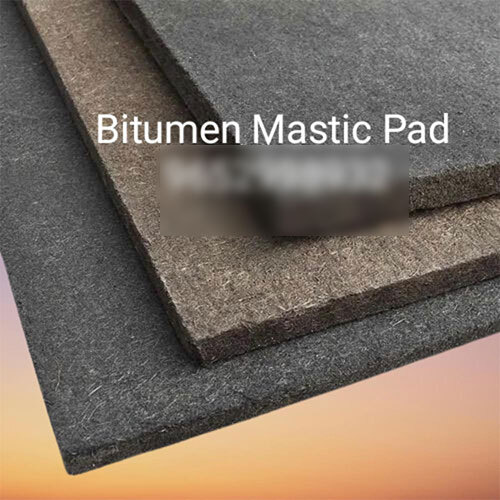
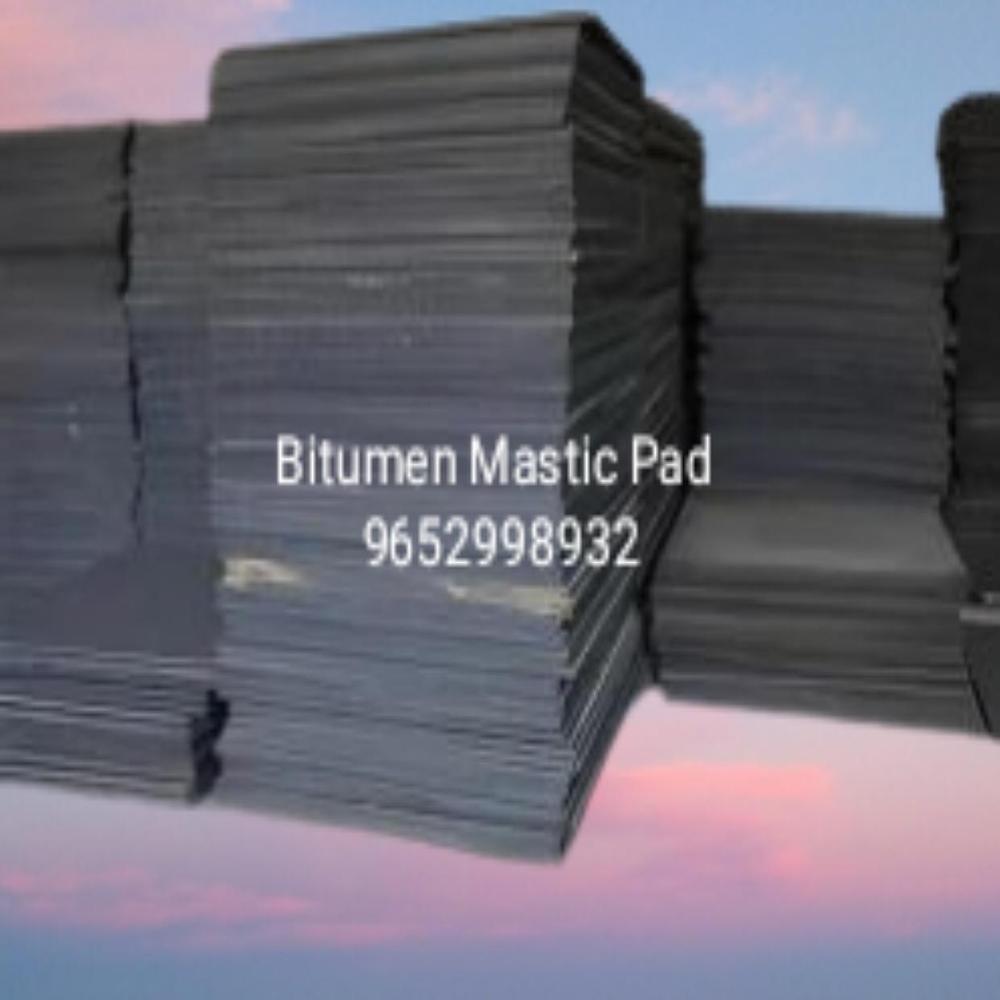
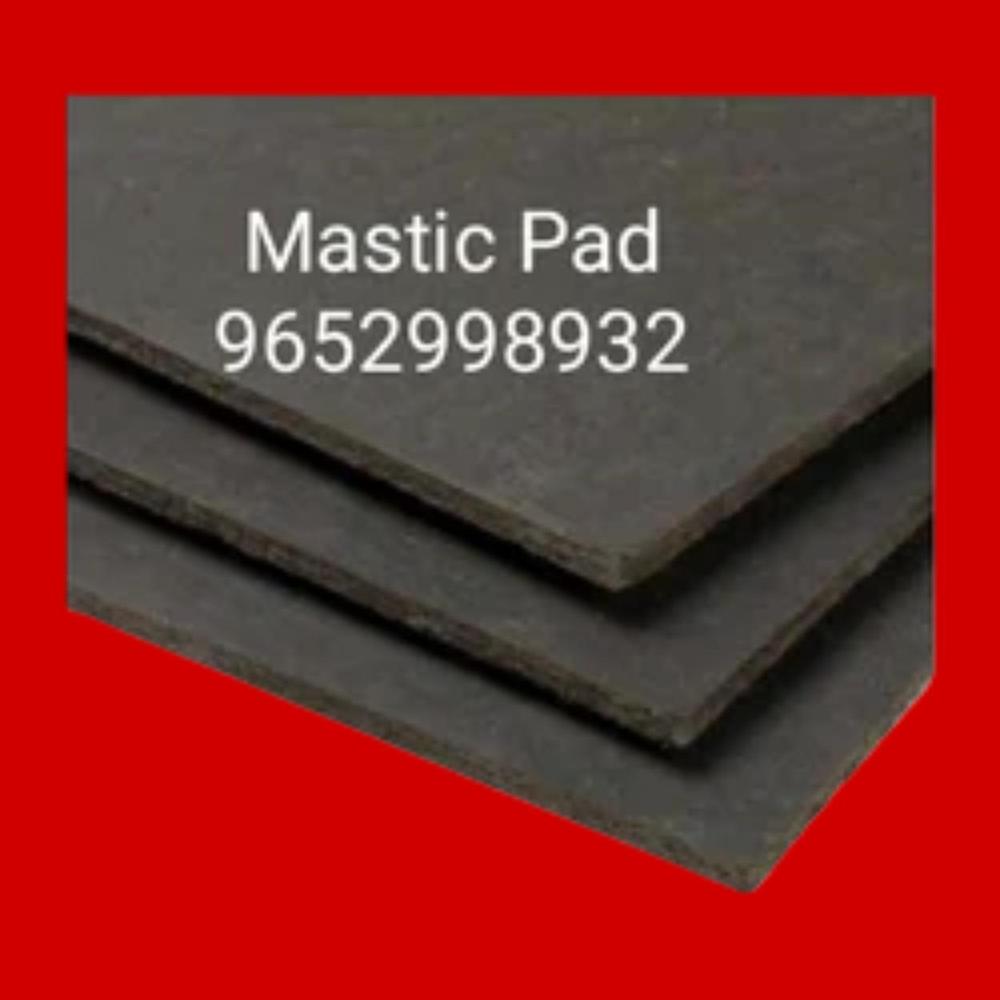
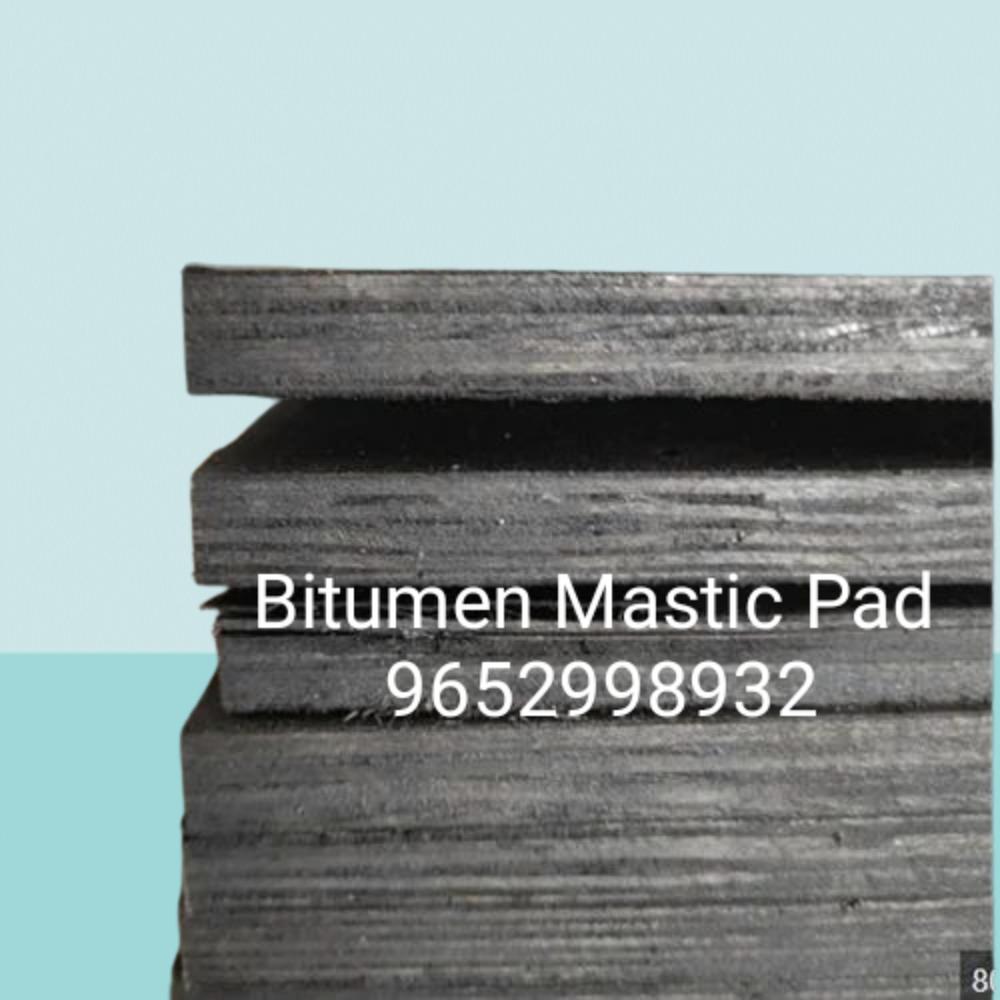
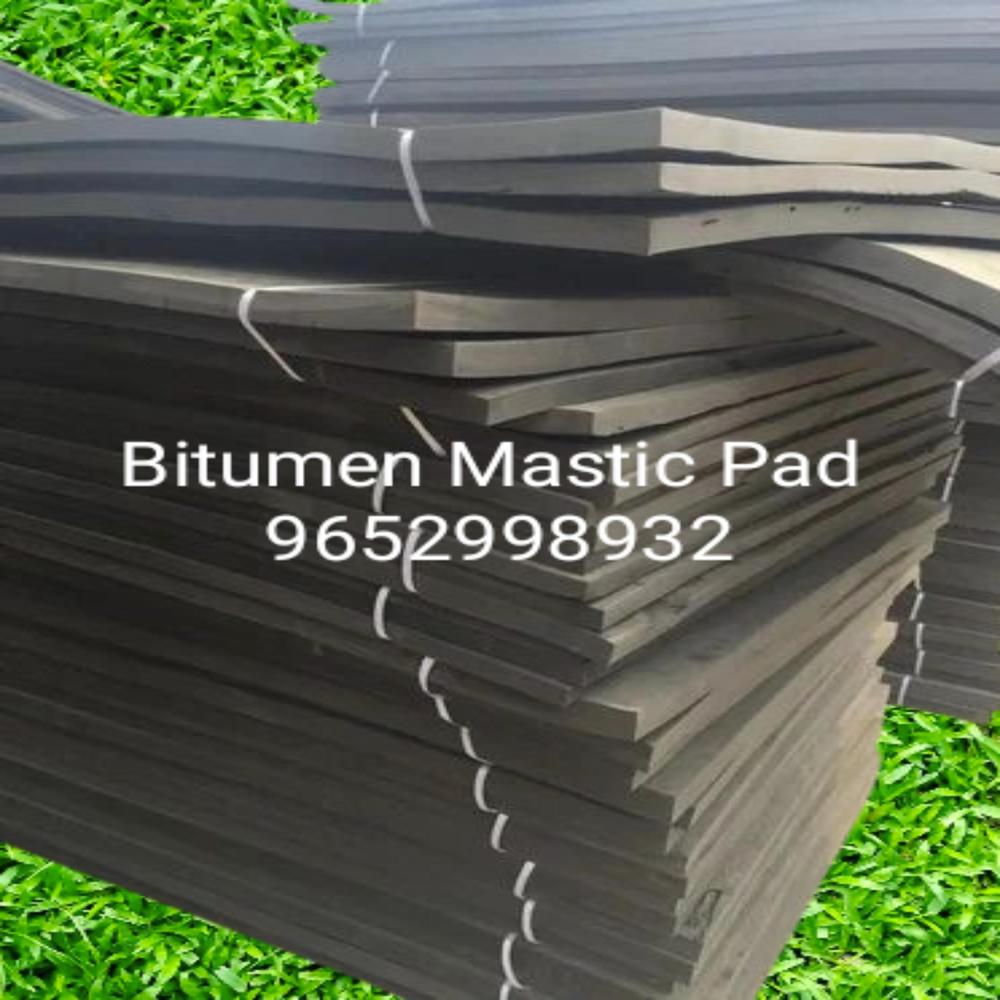
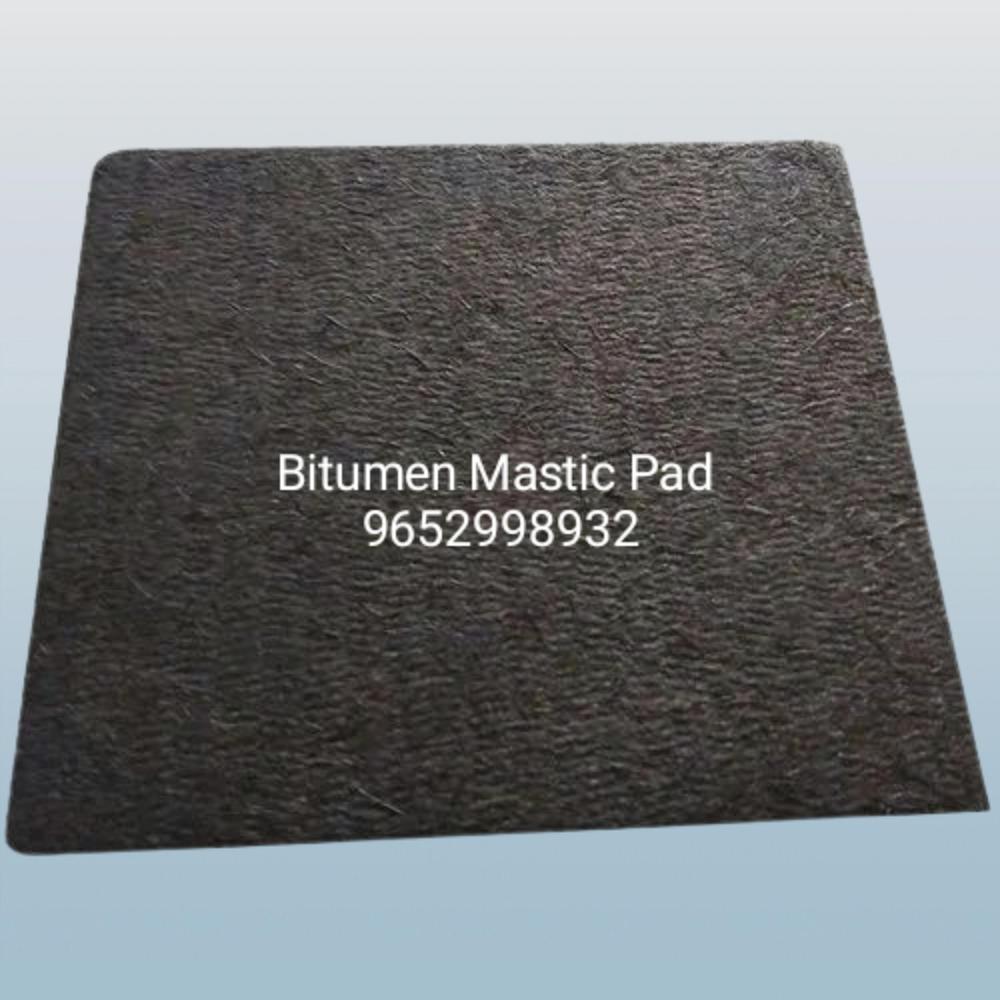

Price:
- 50
- 100
- 200
- 250
- 500
- 1000+
More Products in Bellow And Expansion Joint Category
Compression Seal Expansion Joint
Price 15000 INR / Piece
Minimum Order Quantity : 10 Pieces
Size : 100x100x10mm
Usage : Bridge Construction
Product Type : Seal Expansion Joint
Material : Iron
Strip Seal Expansion Joint
Price 3000 INR / Meter
Minimum Order Quantity : 100
Size : as per Drg
Usage : Bridge Construction
Product Type : Strip Seal Expansion Joint
Material : Iron
Strip Seal Expansion Joint 16mm
Price 3000 INR / Meter
Minimum Order Quantity : 100
Size : as per drg
Usage : Bridge Construction
Product Type : Strip Seal Expansion Joint
Material : Iron
Bridge Strip Seal Expansion Joint
Price 3000 INR / Meter
Minimum Order Quantity : 100 Meters
Size : 80mm Height
Usage : Bridge Construction
Material : Iron

 Send Inquiry
Send Inquiry
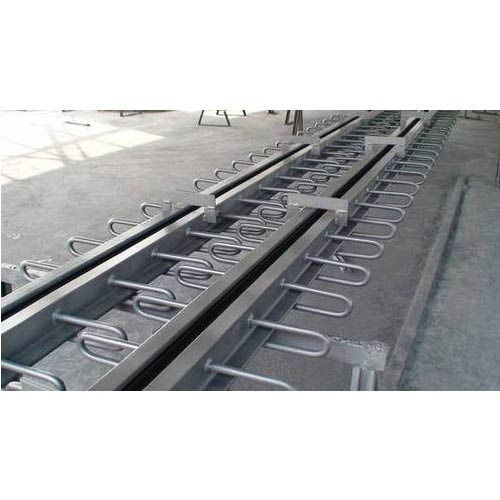

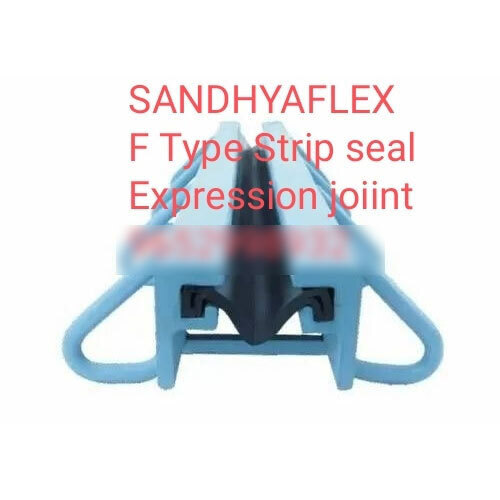
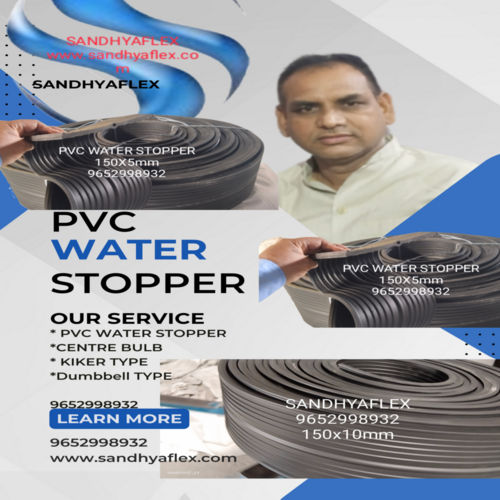


 Send Inquiry
Send Inquiry Send SMS
Send SMS